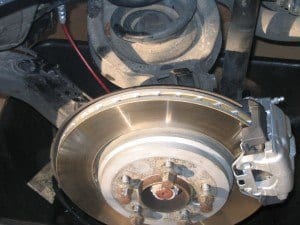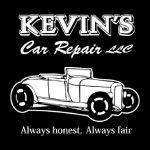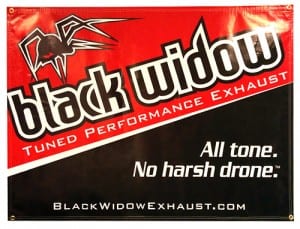 Not all vehicles have shocks and struts – some just have shocks and others just have struts. The shocks are part of a suspension system, while the strut is a complete suspension unit. The shocks and struts do two jobs: absorb spring oscillation and help with ride control.
Not all vehicles have shocks and struts – some just have shocks and others just have struts. The shocks are part of a suspension system, while the strut is a complete suspension unit. The shocks and struts do two jobs: absorb spring oscillation and help with ride control.
Surprisingly, it’s the springs in a vehicle that actually absorb road shocks – not the shock absorbers. As already mentioned, the shock absorbers’ job is to absorb the bouncing spring. If you didn’t have them, your car would become a bucking bronco whenever you hit a bump, making handling dangerous and difficult.
The shocks help with ride control by keeping the vehicle manageable while driving. The tires are kept down on the road, preventing them from bouncing after a bump has been hit, which makes handling and cornering easier.
Below are some signs that you might need new shocks and struts:
- When accelerating, rear end squats
- When braking, front end dives
- Vehicle sways or rolls on turns
- Vehicle slides or bounces on a rough, winding road
- Vehicle ‘thumps’ on bumps
The only way to side-step the effects of worn shocks and struts is through preventative maintenance checkups. Every time you take your vehicle for an oil change, have your mechanic inspect them. When it comes to these important parts, don’t cut corners – proper functioning is vital for cornering, handling and safe driving.





